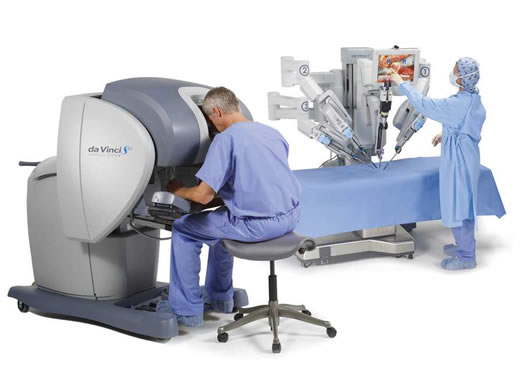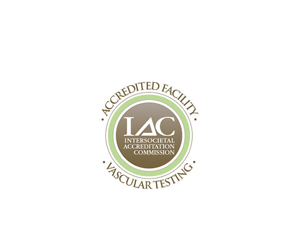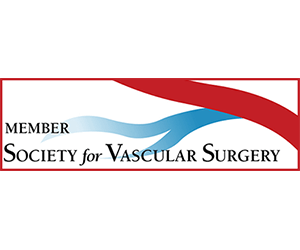Comprehensive Vein Care
The Vein Center of Ocala uses the latest technology and least invasive procedures possible to repair and optimize the function of your veins. It’s not about vanity, it’s about vitality. What you see on the outside means correction is needed on the inside. The Vein Center of Ocala can help.







